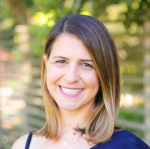The SAS Data Science Blog
Advanced analytics from SAS data scientists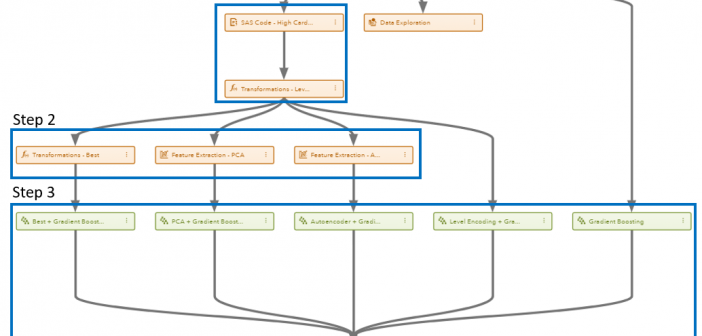
In machine learning, a feature is another word for an attribute or input, or an independent variable. What is feature engineering? Feature engineering is a process of preparing inputs for machine learning models. The goal of feature engineering is to to improve classification accuracy by considering the limitations of the
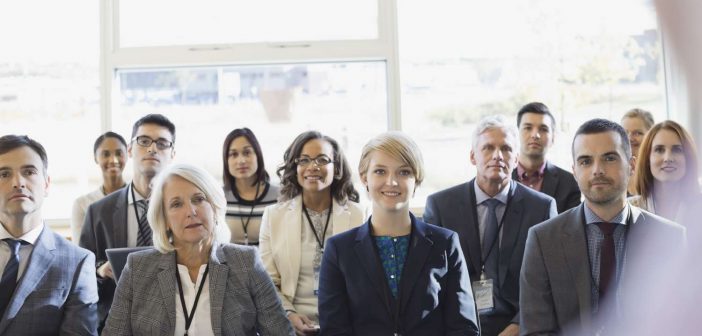
Several weeks ago, I wrote about practical advice from a Chief Data Scientist in my blog “From Aristotle to Pi: Practical advice from a chief data scientist.” Now I want to offer my advice as a newbie trying to navigate through machine learning concepts and how to code them. Over

Did you know that SAS has two on-site solar farms? At a combined 2.3 MW in capacity, SAS’ solar farms are located on 12 acres at world headquarters in Cary, NC. The photovoltaic (PV) solar arrays generate 3.8 million kilowatt-hours of clean, renewable energy each year, reducing carbon dioxide emissions
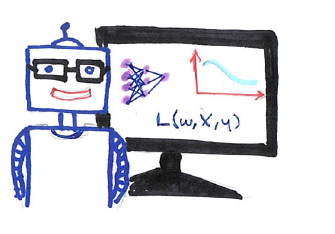
We have updated our software for improved interpretability since this post was written. For the latest on this topic, read our new series on model-agnostic interpretability. Assessing a model`s accuracy usually is not enough for a data scientist who wants to know more about how a model is working. Often

Sequence models, especially recurrent neural network (RNN) and similar variants, have gained tremendous popularity over the last few years because of their unparalleled ability to handle unstructured sequential data. The reason these models are called “recurrent” is that they work with data that occurs in a sequence, such as text
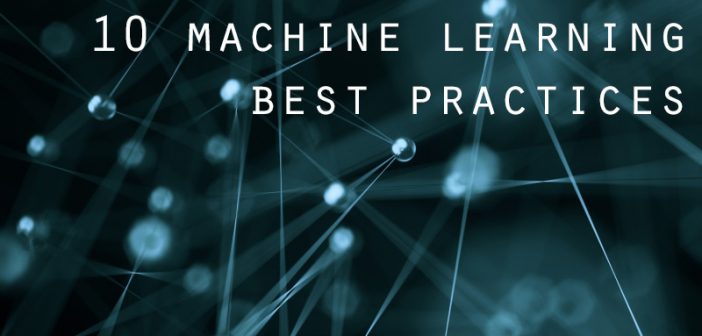
What can you learn from a chief data scientist who's worked in analytics for for 25 years and has been involved in the development of many key SAS solutions, including SAS Enterprise Miner? As a veteran of the analytics industry, Wayne Thompson has witnessed the evolution of machine learning and
